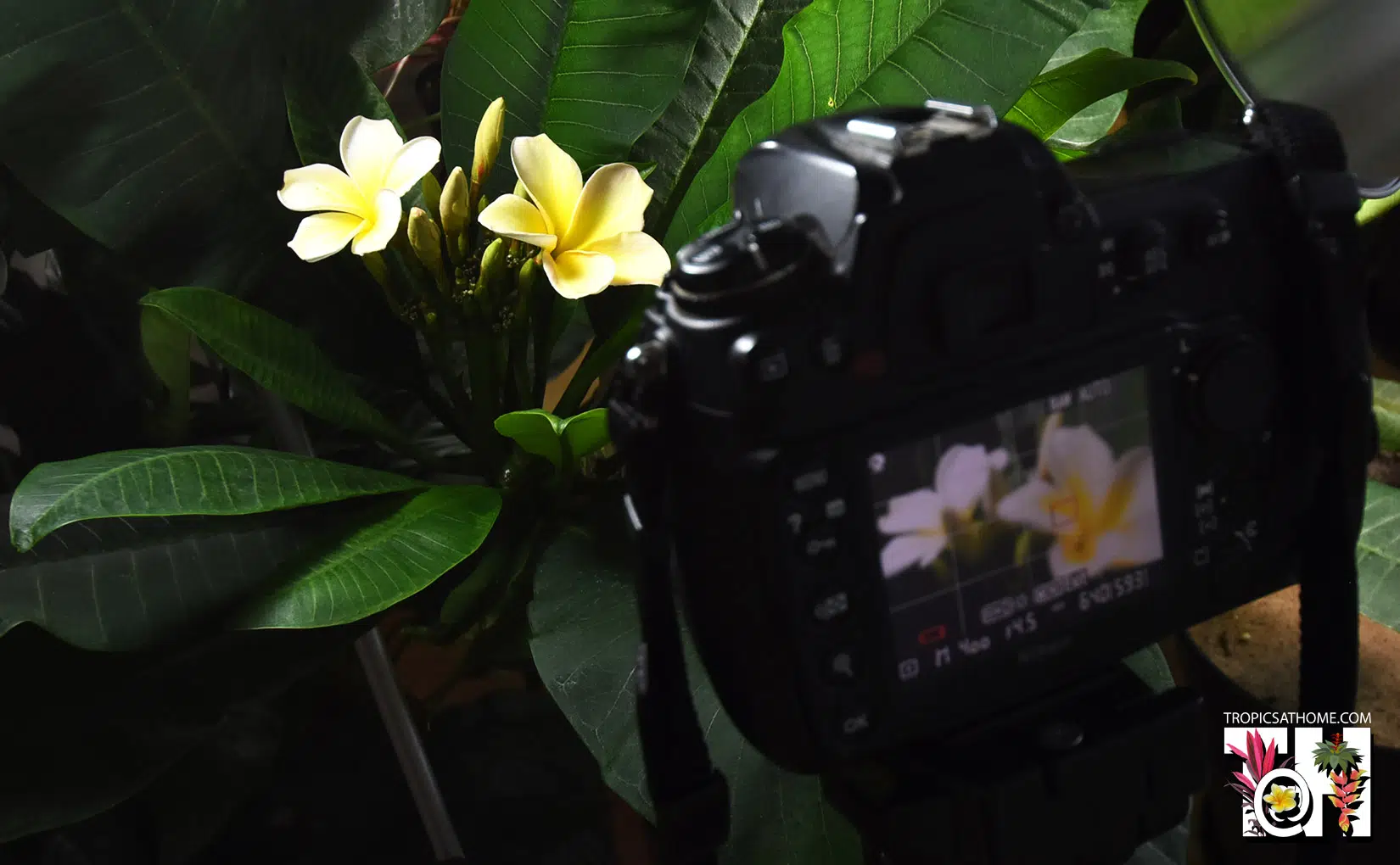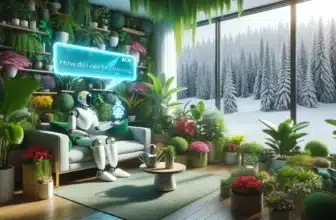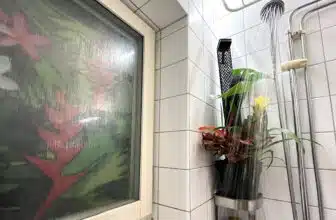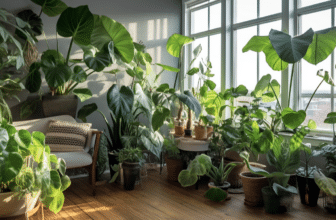
Taking time-lapse of your home plants is a way of bringing their hasteless time scale into our own, human one. We know they are moving. We notice them growing and changing. By taking photos with time intervals, we can make it as clear as seeing our own movements.
One of my friends told me that he prefers growing plants indoors, in one’s living space, compared to out in the garden, because we develop much closer bonds to the plants we see everyday. Some people talk to them, giving them names. Seeing them actually moving is probably the ultimate experience of plants’ as living creatures.
How to make a plant time-lapse
You get time-lapse by taking a series of still shots with periods of time long enough for your subject to make some small move. To do so you need a photo camera with ability of interval photographing. Most modern cameras got it though. When you are done with the shooting you assemble all the single photos into a video using each photo as a frame showing for a very short time (from 0.03s to 0.08).
If you have a Windows PC, then the software you need is probably already installed. It’s called Movie Maker. On Mac, you might got there something as well, but I’m not a Mac person.
Besides the camera and software it’s also great to have a stable tripod. Or you can place camera somewhere where it can be stable without any movements during all the shooting time.
My first plant time-lapses
For my first plant time-lapse attempt I’ve chosen a relatively fast growing and unveiling first leaf of Caladium. The camera was on for 90 hours taking 1 photo every 10 min. As a result I got about 450 pictures, which I combined in Movie Maker to a 26 sec video, by showing each photo for 0.06 sec each.
I’ve done two mistakes shooting this time-lapse. I placed the tripod with camera in the place in our living room where it was too much movement around. The result is small movements of the camera, which means a shaky video. Secondly, I didn’t count that the leave is going to get so tall that at the end it’s going to get out of the picture frame.
So this is something for you and me to avoid for future time-lapses.
My absolute favourite plant Plumeria was my second plant time-lapse subject. It’s inflorescence doesn’t grow as fast as Caladium so I chose to set the camera for 30 min intervals between taking photos and it was on for whole 27 days, resulting in about 1200 photos.
As the flower buds take longer time to develop and then they open up pretty quickly I assigned just 0.03s to the pictures of the developing buds and then 0.08s to those of opening flowers. The result is 27 days in 47 sec.
Feel free to post links to your own plant time-lapses in the comments below.











What equipment did you use? I am trying to use my Sony Nex 6 to do the time lapse but battery keeps running out!
How do you have a camera battery run this long what are you doing there is so much more I need to know